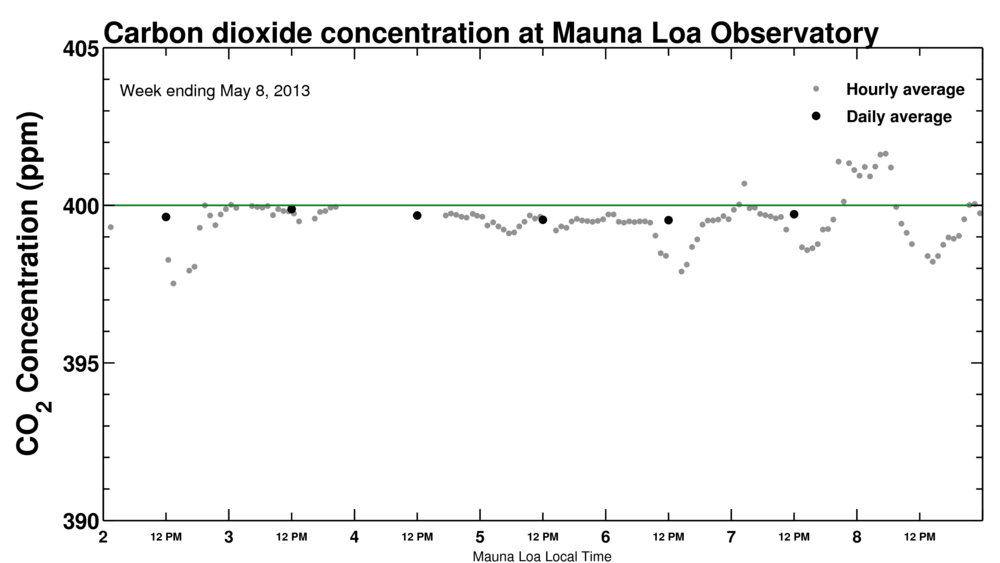Unlike the somewhat misleadingly rosy picture painted by President Obama about (USA) carbon emissions in his Inaugural Address and his State of the Union speech in 2013, the global carbon emissions are what matter. So if the USA continues to mine coal and ship it elsewhere, it is not an improvement except for the USA emissions portfolio. It’s like a gambler who doesn’t count losses at casinos other than the one he or she is sitting at. The International Energy Agency released a report stating that global carbon emissions are up 1.4%. I haven’t read the IEA report, but I came across the press release via the excellent energy/economy reporting they are doing. Then I heard the same WA Post reporter on the Diane Rehm show this morning (available for mp3 download via ITunes, for example). Then I read about the IEA article on Climate Central. Whew!
I haven’t read the IEA report, but I came across the press release via the excellent energy/economy reporting they are doing. Then I heard the same WA Post reporter on the Diane Rehm show this morning (available for mp3 download via ITunes, for example). Then I read about the IEA article on Climate Central. Whew!
The Diane Rehm show had a good panel, with a requisite global warming “skeptic” (whatever that means!). That skeptic role was played by an analyst from The Heritage Foundation*. The other roles on the panel were the Post journalist, an analyst at the Environmental Defense Fund**, and a research scientist from Rutger’s University***. I would say that Diane Rehm handled the panel well, and I think that the Heritage Foundation representative overplayed his hand to the point where his comments were generally made irrelevant. In other words, he spoke too much and too glibly (is that a word) and made points that undermined his real argument that adaptation may be the most likely pathway (which is actually kind of interesting). The other panelist laid into the sillier points that the skeptic made and shut him down. Rehm left it that way.
Shutting down those punchline-style quips (memes) is really how the discussion should be every time. The Earth is warming. CO2 and other greenhouse gas concentrations continues to rise. The conversation should be about how it is our civilization needs to adapt and change. This is what the IEA discusses. Mitigation of carbon emissions is a huge discussion in the science journals. The IEA report is highlighting that we as a civilization are heading towards a major point in our hunger for fossil fuel based energy. This hunger has been targetted by scientist since the 1980s and arguably since the late 1800s! Think about solutions and strategies when you are thinking of how you want to make an impact on your community or your country or even the world. Think about our Earth and our future. The world needs you.
*The Heritage Foundation webpage states: Founded in 1973, The Heritage Foundation is a research and educational institution—a think tank—whose mission is to formulate and promote conservative public policies based on the principles of free enterprise, limited government, individual freedom, traditional American values, and a strong national defense.
**The Environmental Defense Fund webpage states: We are passionate, pragmatic environmental advocates who believe in prosperity and stewardship. Grounded in science, we forge partnerships and harness the power of market incentives.
***Dr. Jennifer Francis is deeply involved in improving our understanding of how the Arctic affects the USA – see google scholar or video of her talking about her work
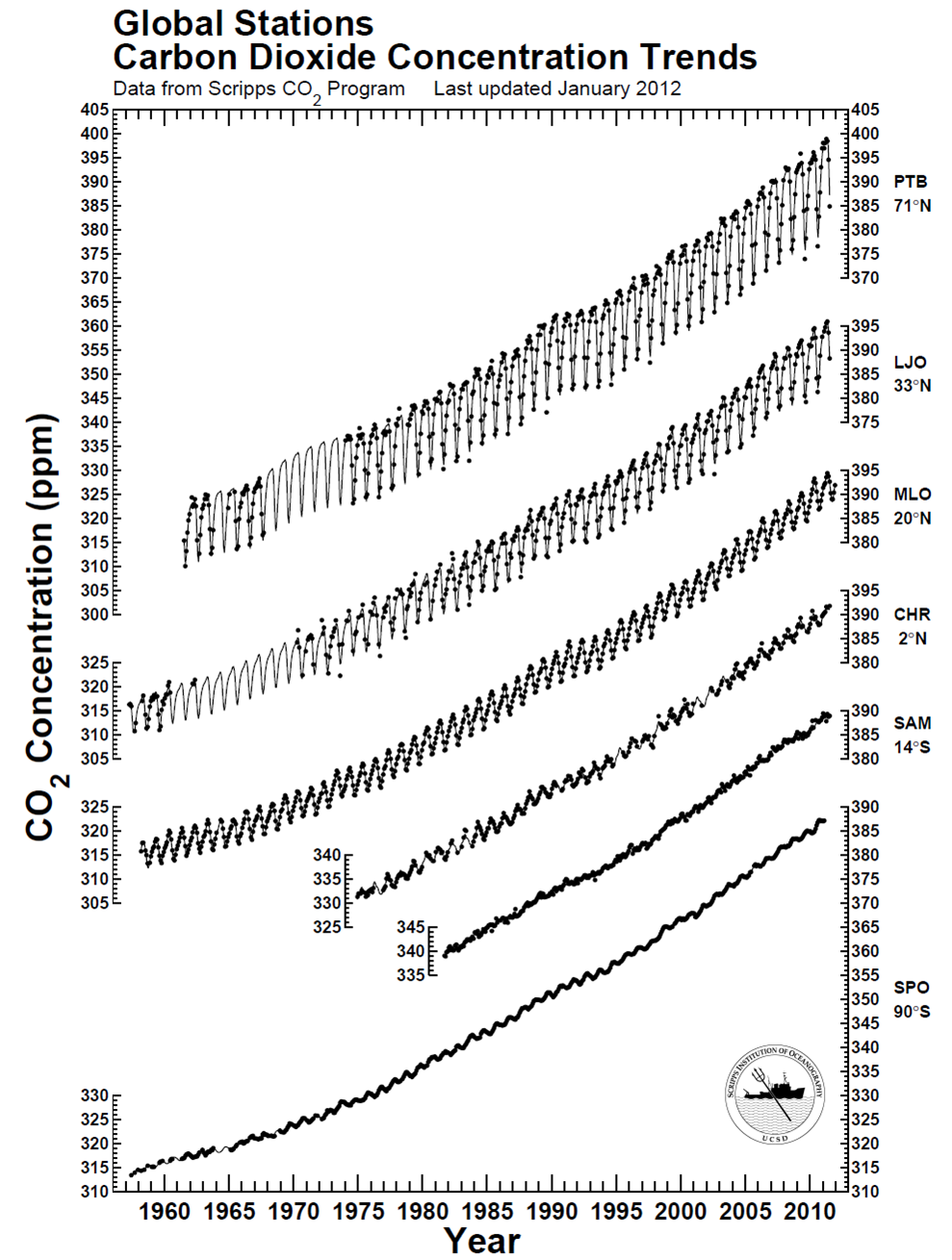 There is clearly a bias toward higher CO2 in the northern hemisphere compared to the southern hemisphere – CO2 is about 10-12 ppm higher near the north pole. This piece of information – this data – reflects the higher abundance of sources of CO2 in the northern hemisphere and the relatively slow
There is clearly a bias toward higher CO2 in the northern hemisphere compared to the southern hemisphere – CO2 is about 10-12 ppm higher near the north pole. This piece of information – this data – reflects the higher abundance of sources of CO2 in the northern hemisphere and the relatively slow 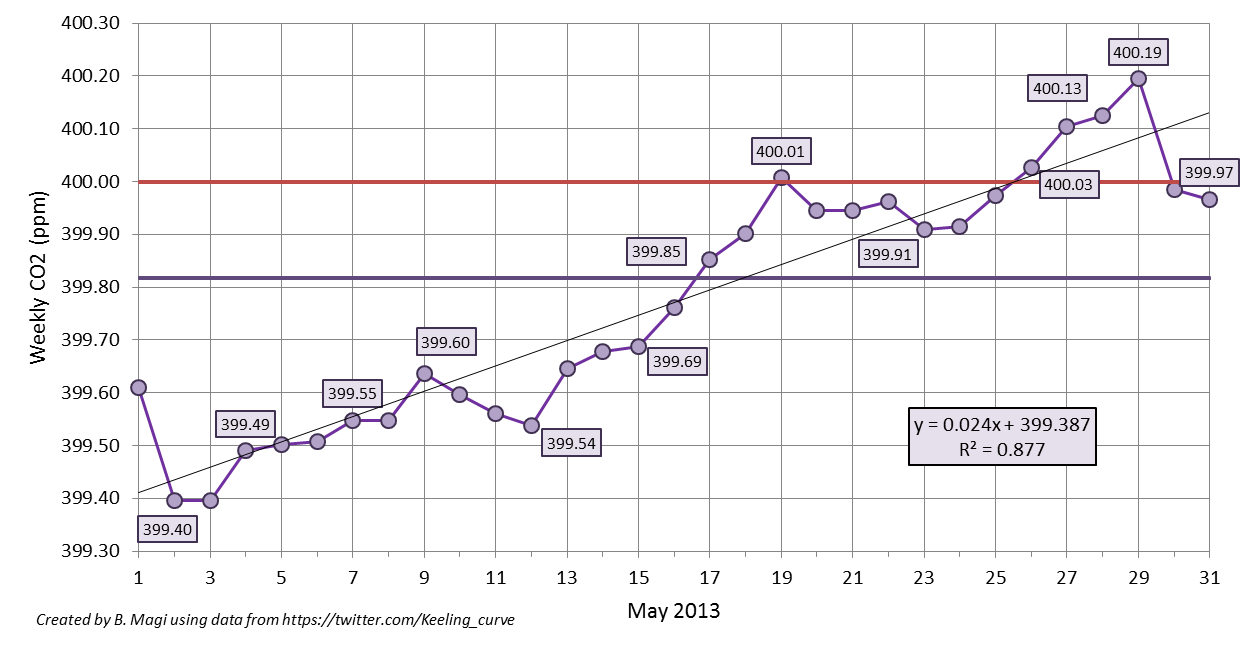 which shows the weekly-averaged CO2 from the daily-averaged values posted on Twitter (ok, tweeted). The straight horizontal purple line is the monthly-averaged CO2 of 399.82 ppm (wow!), and the straight red line is the mystical 400 ppm CO2. I calculated the weekly-average as the value of the previous 7 days up. For example, May 15 weekly-average is the average of values from May 9 through May 15. The weekly-average ideally is 7 data points, but
which shows the weekly-averaged CO2 from the daily-averaged values posted on Twitter (ok, tweeted). The straight horizontal purple line is the monthly-averaged CO2 of 399.82 ppm (wow!), and the straight red line is the mystical 400 ppm CO2. I calculated the weekly-average as the value of the previous 7 days up. For example, May 15 weekly-average is the average of values from May 9 through May 15. The weekly-average ideally is 7 data points, but 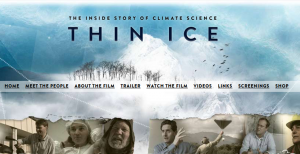 Based on a written survey I asked many to fill out, I would say that the most general concern was that Thin Ice did not show enough data analysis – a great initial exploration into climate data is the
Based on a written survey I asked many to fill out, I would say that the most general concern was that Thin Ice did not show enough data analysis – a great initial exploration into climate data is the 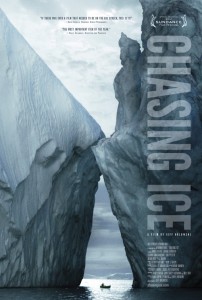 You may not work with ice cores or ocean-based research or even climate models, but you will have the chance to work with a group of highly dedicated people on problems that are interesting and sometimes poorly understood. Let your passion lead you!
You may not work with ice cores or ocean-based research or even climate models, but you will have the chance to work with a group of highly dedicated people on problems that are interesting and sometimes poorly understood. Let your passion lead you!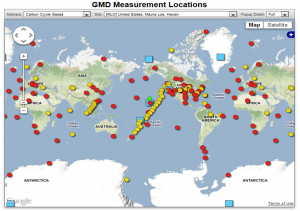

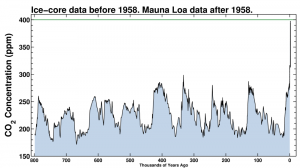
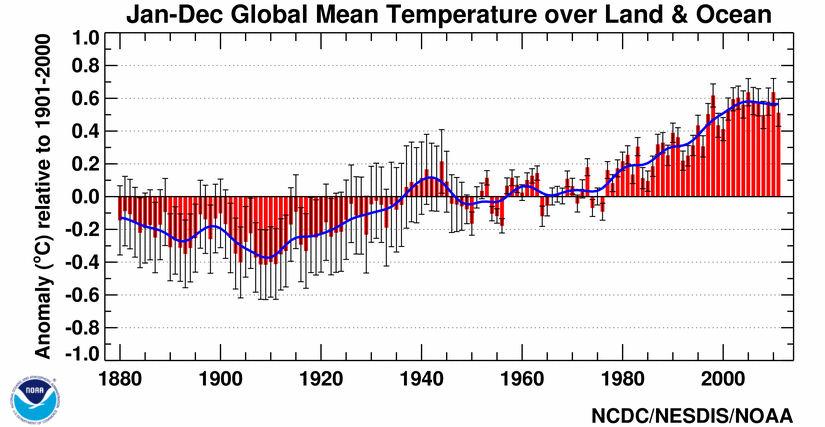 The issue is getting a load of attention and, as Gillis wisely acknowledges, the analysis and studies in the peer-reviewed scientific literature will take a couple of years to “settle” on an answer. I agree. The public and policy makers and just about everyone wants to know the answer though so every publication or even statement about climate sensitivity will be intensely amplified. I’ve been reading about this issue myself, mostly as I prepare to bring the very current discussion into the classroom (
The issue is getting a load of attention and, as Gillis wisely acknowledges, the analysis and studies in the peer-reviewed scientific literature will take a couple of years to “settle” on an answer. I agree. The public and policy makers and just about everyone wants to know the answer though so every publication or even statement about climate sensitivity will be intensely amplified. I’ve been reading about this issue myself, mostly as I prepare to bring the very current discussion into the classroom (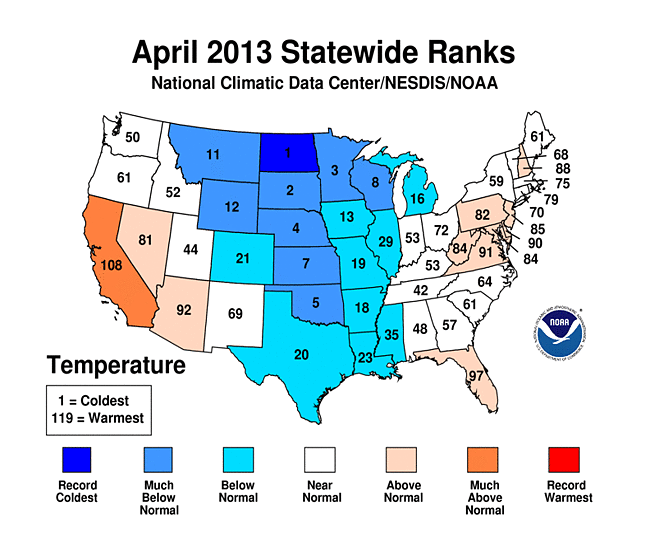

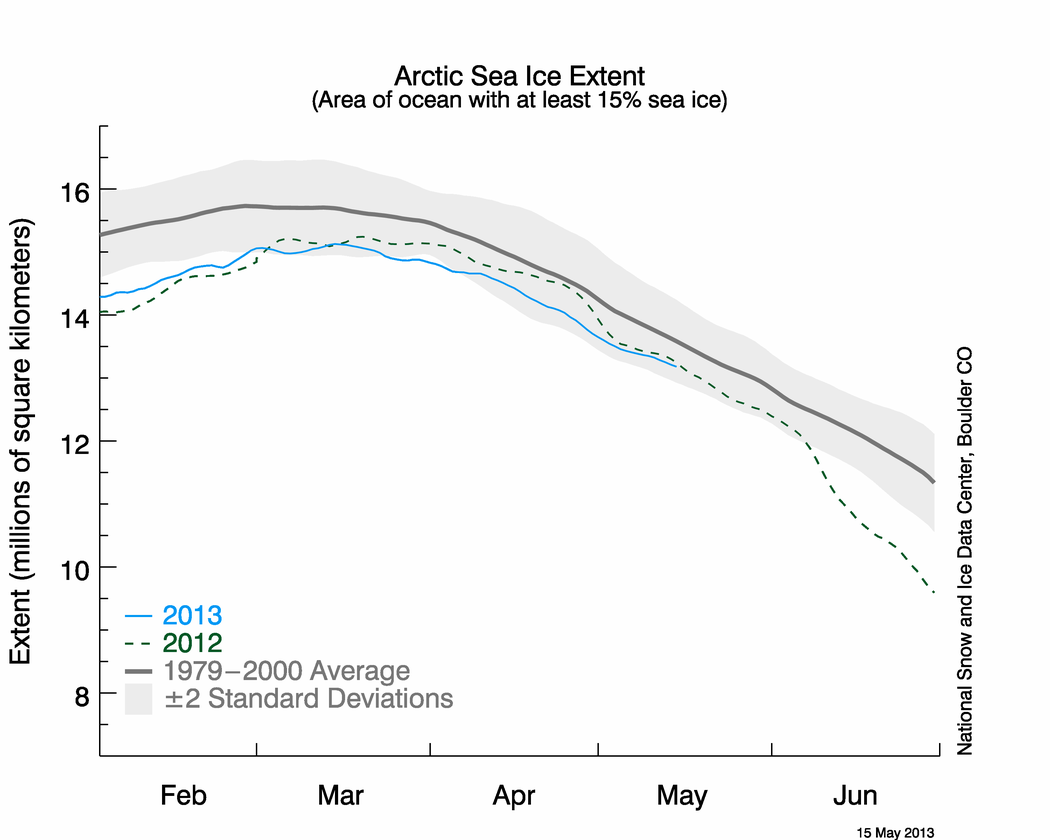 The Sun will eventually win this battle and the mid-latitudes (southern USA) will inevitably heat up this year (at least I think so!). Here’s the temperature departure for the last week from
The Sun will eventually win this battle and the mid-latitudes (southern USA) will inevitably heat up this year (at least I think so!). Here’s the temperature departure for the last week from 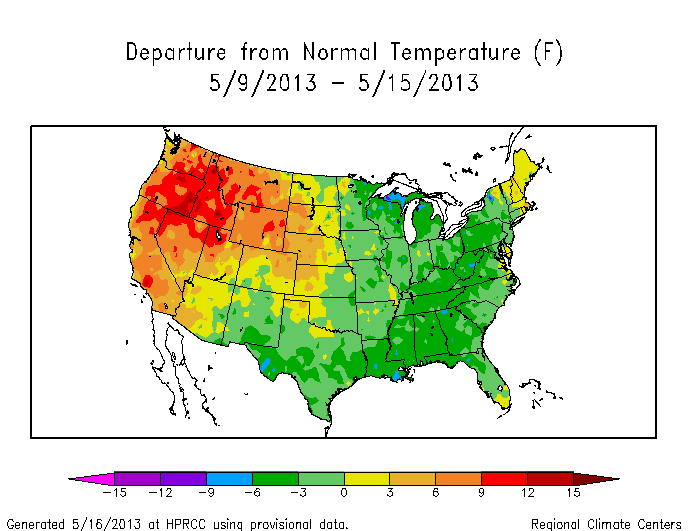 Summer is coming. Will Summer 2013 be like
Summer is coming. Will Summer 2013 be like 

 whew! I know if I patiently wait, the CO2 concentration will rise above 400 ppm in earnest since CO2 concentrations have been increasing by about 2 ppm/year
whew! I know if I patiently wait, the CO2 concentration will rise above 400 ppm in earnest since CO2 concentrations have been increasing by about 2 ppm/year 
